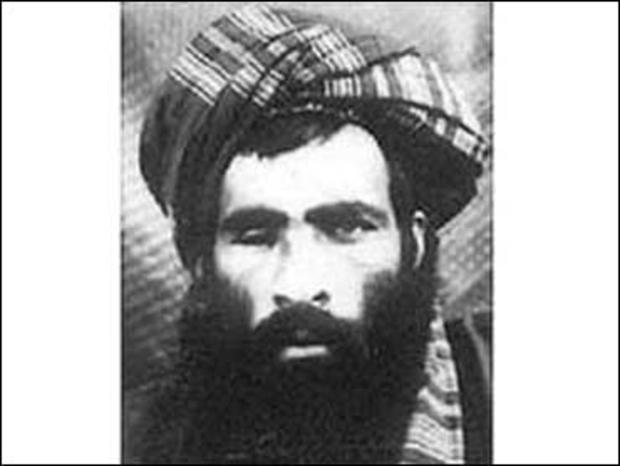Dead? Alive? Who is Mullah Omar?
Of the many adjectives used to describe Mullah Mohammed Omar, the one-eyed leader of the Taliban in Afghanistan and elsewhere, the most apt is probably "elusive."
On Monday, Afghan and, later, international media began churning out reports that Omar had been killed. He had been out of contact with his commanders for several days and reportedly was shot while being moved inside Pakistan with the help of a former Pakistani intelligence official.
A Taliban spokesman countered that Omar was alive and was somewhere inside Afghanistan.
The is-he-or-isn't-he rumors are nothing new in Afghanistan, where reports of Omar's demise have sprung up repeatedly, even occasionally coming from credible sources within the country's government. There is currently no evidence that he's dead but no official - Afghani or Western - has seen him in a very long time, raising the question: Who, exactly, is Mullah Omar?
A New York Times reporter based in Afghanistan wrote about the latest rumors: "No man has cast a bigger shadow over the country since he led a group of students, or talibs, to power in the mid-1990s, despite the fact that few have ever seen him, or even a picture of him."
This much is known: He is an ethnic Pashtun from the Hotak tribe, which is part of the larger Ghilzai branch, and was generally believed to have been born in the late 1950s near Kandahar. He was part of the mujahedeen that ousted the Soviets from Afghanistan in the 1980s, and it was during that fighting that he lost his eye.
The BBC writes that "Mullah Omar was only a small-time commander in the forces resisting the Soviet occupation. He never did any practical field commanding during the Taliban's 1994-96 blitzkreig that culminated in their capture of Kabul. But the localised uprising that he led against former Mujahideen warlords in the Kandahar area in 1994 earned him wide respect and is regarded by some as a catalyst for the Taliban movement that followed."
Omar firmly backed Osama bin Laden's al Qaeda movement, and it was that support that brought the U.S. invasion to Afghanistan when his Taliban still controlled the country. Both Omar and bin Laden survived the American invasion, but, unlike bin Laden, Omar is allegedly still alive and has supposedly never left Afghanistan.
Omar's official title is "The Commander of the Faithful," according to CNN's Peter Bergen, who was one of the last Westerners to see bin Laden before a team of Navy SEALs killed the terrorist leader. Bergen writes that "the title indicates that Mullah Omar is not just the leader of the Taliban, but also of all Muslims. This suggests that Mullah Omar is not only a religious fanatic, but also a fanatic with significant delusions of grandeur."
As the repeated rumors of his death have proven, no one really knows where Omar is. Some say he is in Pakistan, perhaps in Karachi. Others believe he is still wandering the mountains of Afghanistan, directing his commanders as they launch a spring offensive against U.S. and coalition troops there.Still others believe he shuttles back and forth between the two.
No western journalist has ever met him. He delivers his pronouncements and orders through subordinates and spokesmen. He is allegedly tall, with a long, dark beard, and, infamously, has only one eye.
While bin Laden was a very vocal leader of a terrorist movement, it seems that Omar's behind-the-scenes tactics have led to better longevity, for now.
